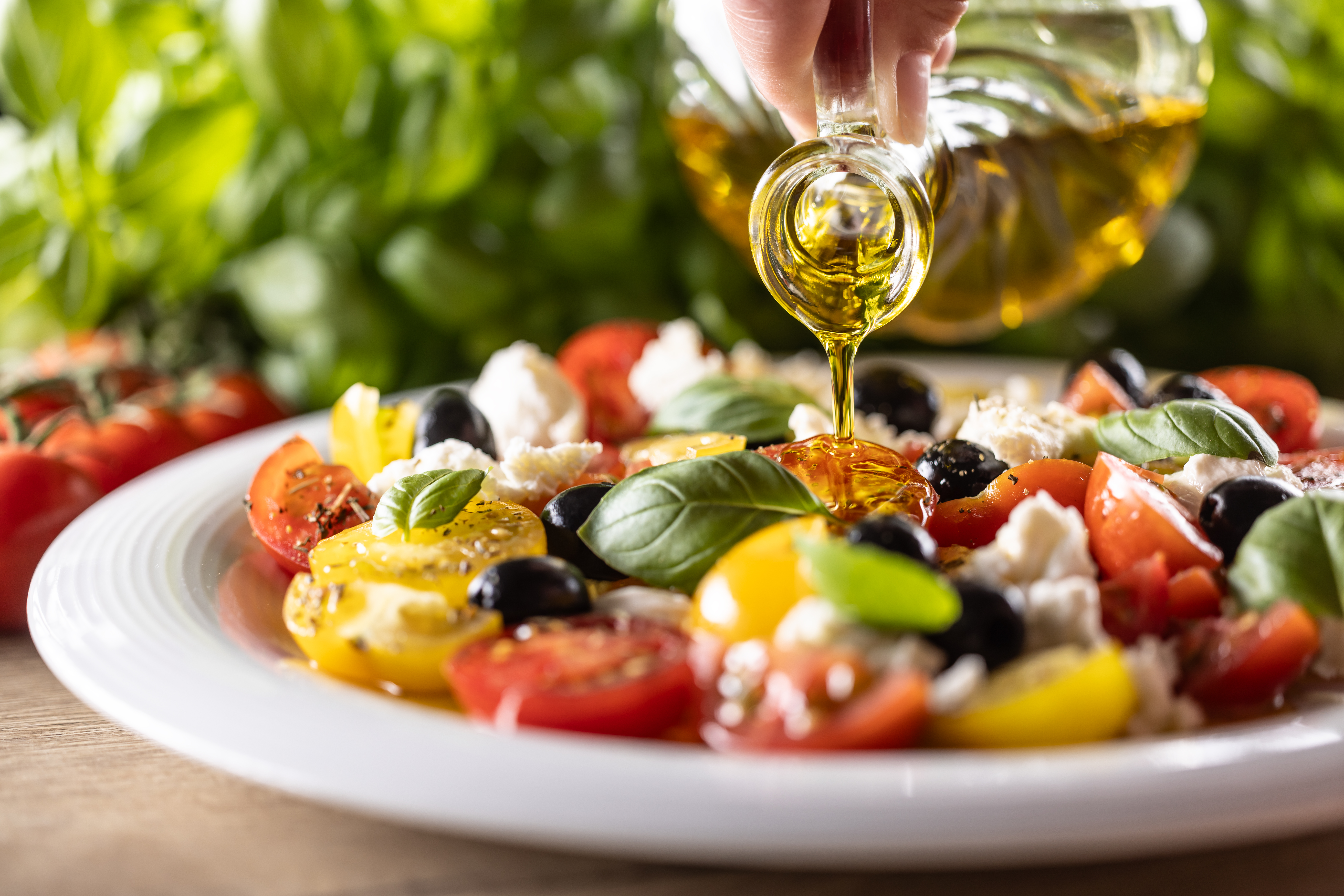“Eat veggies, live longer” is a common mantra to promote healthy eating. But what vegetables offer the most health benefits? And how do you add them to your diet?
To find out, WellTuned spoke with BlueCross BlueShield of Tennessee Registered Dietician Ashley Kiser.
“When I talk with people about adding more vegetables to their diet, I like to get an idea of what the person enjoys eating, how they prepare their food, and if they like experimenting with new foods,” Ashley explains. “Then, you can find ways to add nutrients that are most compatible with their personal tastes.”
Which vegetables have the most nutrients?
Ashley Kiser: There are many vegetables that are rich in important nutrients, so ranking them is hard. Overall, eating a variety of vegetables is best. The ones to make a priority depend on what specific nutrients your body needs. For example:
- Spinach is a good source of potassium.
- Pumpkin is a good source of fiber.
- Sweet potato is a good source of vitamin A.
- Kale is a good source of folate.
- Bell peppers are a good source of vitamin C.
What are the most overlooked or underutilized vegetables?
Ashley Kiser: A vegetable that gets a bad rap is the white potato. Some people think they aren’t good for you. That’s not true. They have fiber, potassium, vitamin C and many other essential minerals. Some ways to prepare your potato will be healthier than others, but that doesn’t mean you can’t enjoy a white potato. Like any other food, be mindful of how much you are eating. Potatoes are considered “starchy” vegetables, meaning a serving can contribute to the carbohydrate load, which is especially important to be mindful of for those who have diabetes.
Leafy greens are often underutilized. They can be more expensive, spoil quickly and some can be time consuming to prepare. However, leafy greens are good sources of vitamins A, B, C and K, as well as minerals and fiber.
What vegetables have fewer nutrients?
Ashley Kiser: I don’t like to discourage eating any vegetable, but some have a lower concentration of nutrients. This can be due to their higher water content. Examples include iceberg lettuce, cucumbers, celery, radishes and zucchini. Although these are lower in vitamins and minerals, they are hydrating and good sources of fiber.
Do you have a favorite high-nutrient vegetable?
Ashley Kiser: My favorite is spinach. I love salads with spinach and strawberries or oranges in the summer. I usually top it with a balsamic vinegar dressing. I also include spinach in smoothies and add it to pasta dishes for extra nutrients. It’s easy to blend or cut up and include in a variety of dishes.
“Overall, be open to trying new vegetables that you normally don’t eat,” Ashley says. “While walking through a grocery store or farmer’s market, pick up something new and find a way to prepare it that sounds appealing. You might find a new favorite food that has great health benefits.”
More from Ashley Kiser on WellTuned
Get more information about specific health terms, topics and conditions to better manage your health on bcbst.com. BlueCross BlueShield of Tennessee members can access wellness-related discounts on fitness products, gym memberships, healthy eating and more through Blue365®. BCBST members can also find tools and resources to help improve health and well-being by logging into BlueAccess and going to the Managing Your Health tab.


